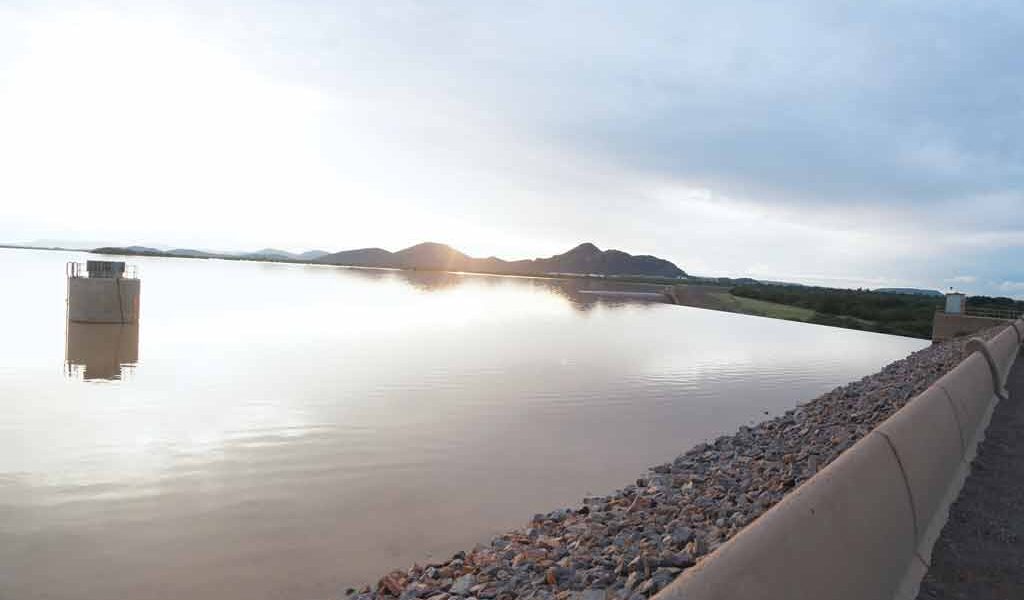RICHARD MOLEOFE
Last week Duma FM hosted Mr Mmetla Masire of Water Utilities Corporation (WUC) in their morning show. It was the right thing to do when taking into account that Gaborone Dam has not filled up in the last sixteen years. Masire briefed the nation on the current state of our dams nationwide.
Soon the discussion was diverted to debating issues around Gaborone Dam as as if it is the country’s biggest. Callers on the programme wanted a lot of answers regarding the smaller dams surrounding Gaborone Dam. Generally, people feel the smaller dams are inhibiting Gaborone Dam from filling.
Water Utilities Corporation has admitted that there are 200 small dams in the vicinity of Gaborone Dam. I really cannot imagine that number. Unless they publish the names of these dams, I would never get to understand this.
While BDF was still using the old Gaborone Airport near UB, I used to fly a lot in that area at the expense of the tax payer touring every corner of the South East District and Lobatse Farms. During these training missions, we used to count the small dams as a way of killing boredom. We never could count up to 30 dams.
The major ones are Mokolodi, Mogobane, Lobatse, Kgale, Nnywane, Ngotwane, Potsane and a few unnamed others. These small dams are very important in the ecology and sustenance of Gaborone Dam. They trap silt and sand before it reaches Gaborone Dam.
Silt and sand are the major sediments that are often washed into our dams during the rainy season. In some countries sand may be deposited into dams as a result of sandstorms and that is very common in Iraq where they often experience such storms with force.
In some countries, the water authority pays farmers for small dams erected in private properties and that comes as part of the sedimentation management programme. This saves the water authority millions of dollars over the years.
California is one state in the US that resembles the climate and topography of Botswana. Most Americans will not understand what drought is except for those from California. Because of drought, the soil becomes too dry and gets pulverised. The high temperatures during drought like the heat wave we had in Botswana at the end of 2016 is one good example of what we often get as a result of droughts.
When this happens, the rate of weathering becomes higher than normal and the deposits wait for rain to set in and get washed down the river. Weathering is slower in the state of Alaska even though it lies in the west coast with California. The answer lies in the difference in temperatures.
The state of California spends considerable amounts of its water budget in the de-silting exercise and they have come to learn that the answer is getting smaller dams around their reservoirs. I know in this country it was just by coincidence that we have these smaller dams working in our favour.
In the US, recent projects to remove silt from dams included the following; Big Tujunga Dam, Cogswell Dam, Devil’s Gate Dam and Morris Dam even though the list is not exhaustive.
Silt hampers the carrying capacity of any dam and sedimentation also tempers with the ecology of the dam. America’s biggest dams have created an economy around themselves with anything from fishing, tourism and aquaculture. Dams usually come as a result of urbanization and agriculture and therefore there is need to keep it as healthy as the town itself.
We actually owe the owners of these private dams great gratitude because what they are doing is literally extending the lifespan of Gaborone Dam at their own cost. WUC should be proactive and build more of its own dams in the rivers that feed Gaborone Dam as part of the sedimentation management programme. The water can thereafter be pumped to Gaborone through a pipe system to avoid sedimentation.

